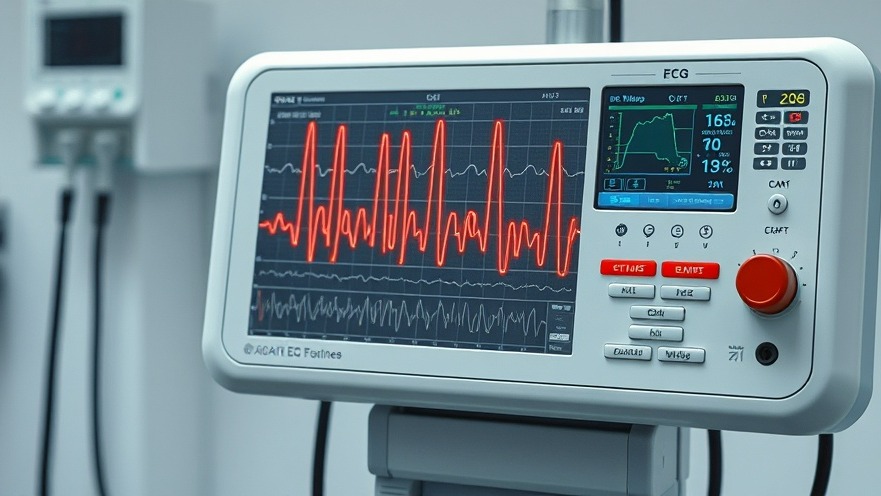
A Breakthrough for Heart Failure Treatment
Heart failure is a growing health dilemma impacting millions across the globe, with over 26 million people afflicted as of 2025. One of the last-resort treatments is the left ventricular assist device (LVAD), which acts as a mechanical heart pump, enhancing blood flow to vital organs. While these devices have saved countless lives, they also carry significant risks, particularly an increased chance of stroke. In fact, studies indicate that patients with LVADs are at an 11% to 47% higher risk of developing dangerous blood clots that could lead to life-threatening strokes.
Understanding the Scientific Breakthrough
A recent study conducted by a team of engineers at the University of Colorado Boulder, CU Anschutz, and the University of Washington sheds light on this perplexing issue. By creating “digital twins” of actual LVAD patients, researchers analyzed patterns of blood flow or hemodynamics within the body. Their findings suggest that utilizing engineering concepts, specifically fluid dynamics, can provide new insights into stroke occurrences among patients with these devices.
How Digital Twins Offer New Perspectives
The idea of digital twins—which are virtual replicas of physical systems—has gained traction for its ability to allow for closer monitoring and analysis beyond current clinical practices. According to Debanjan Mukherjee, a senior author of the research, this study is indicative of how much data is now available, emphasizing the importance of understanding blood flow patterns in order to enhance patient treatment. Patients could benefit significantly if this knowledge leads to customized implant techniques tailored to minimize their stroke risks.
The High Stakes of Heart Health
Heart function is critical for overall health. When the heart falters, particularly through conditions like heart failure, patients often find themselves in desperate need of advanced medical solutions. The LVAD, by design, directly connects to the heart and takes over the pumping function that a failing left ventricle no longer adequately provides. This innovation can extend life, yet it is mired in complications due to the possibility of thrombosis—the formation of blood clots.
The Technological Edge: Implications for Clinical Practice
This discovery signifies a pivotal moment in how heart failure may be managed moving forward. Not only does this research open doors to reducing blood clot risks, but it also paves the way for integrating advanced engineering practices into clinical environments. The potential for customization based on individualized blood flow dynamics reflects a broader trend in medicine toward personalized, patient-centered care.
Addressing Concerns: What This Means for Patients
For concierge health practitioners, understanding these advancements is paramount. As they look after patients who may rely on LVAD technology, they must consider the associated stroke risks. By staying attuned to evolving technologies and evidence-based practices, health professionals can adopt progressive treatment approaches that not only save lives but also ensure better outcomes post-treatment.
Next Steps for Implementation
As this research on LVADs continues to unfold, practitioners should look to implement findings into practice. This could involve the adoption of new monitoring technologies, such as digital twins, that can provide real-time insights into patient health—ultimately leading to improved preventative measures.
Call to Action: Stay Informed
Embracing innovations in healthcare is crucial. Concierge health practitioners should actively engage with ongoing research, like that surrounding LVADs and stroke prevention, to better serve their patients. Consider integrating such findings into your practice to enhance patient outcomes and stay ahead of the curve in medical treatment.
 Add Row
Add Row  Add
Add 




Write A Comment